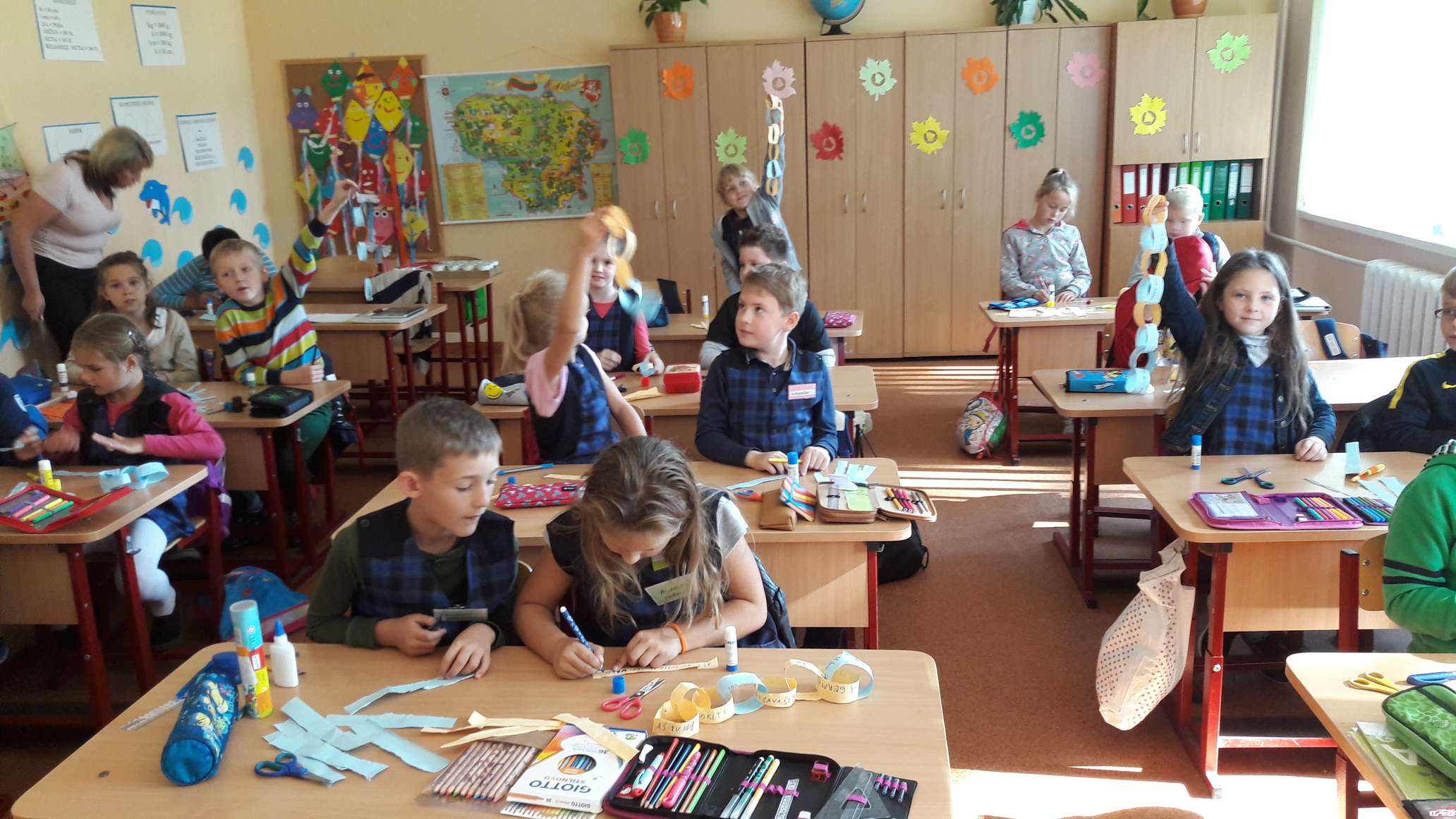A1 Reading and analyzing articles of the UN Convention on the Rights of the Child shall be performed during class meetings in all class divisions. Afterwards the pupils shall design and conduct a survey by using digital applications following the subject-theme children's rights. During art lessons pupils shall paint an image following the theme children's rights.

Elementary school Manuš, Split.
Protesting against making phone calls while driving and against speeding .
Croatia- second graders with their teacher Dijana Budimir made the UN Convention on the Rights of the Child jigsaw puzzle!

Italy- After the analysis of the UN Convention on the Rights of a Child, pupils of “Emanuele Armaforte”Primary School, (4th and 5th year) express their feelings and emotions through drawings and posters, pointing out their empathy towards the children of othe countries , whose rights are violated and their wish of a colourful and united world.

Turkey- 5 th grade students have made beautiful drawings about Children's Rights.They have enjoyed and had great fun.

Lithuania- Klaipeda Vite basic school teachers I. Andrijaitiene and K. Stankute – Mate introduced the main ideas of UN Children Rights Convention to primary classes students in children friendly way, explained the concept of rights and obligations. The main idea was to explain how tight rights and obligations are connected with each other, so the students made paper chains and wrote the chosen rights and obligations on them. Later the chains were joined into long ribbons and hung on the corridor walls.

Slovenia - Human Rights – We all have a hand in it!

Slovenia - our pupils created video about Children's Rights
Alexandroupolis, Greece
The erasmus+ group students categorised the Convention on the Children's Rights into 4 sections, i.e. Participation, Support, Development and Protection. They created drawings and posters regarding the aforesaid categories in order to decorate the corridor heading to the Hall of various events, where the 1st Transnational Meeting was meant to take place.



